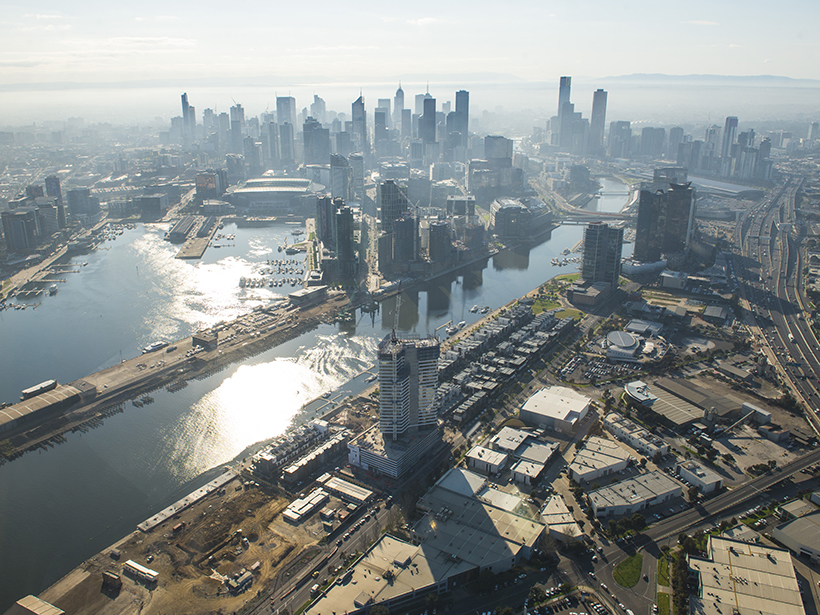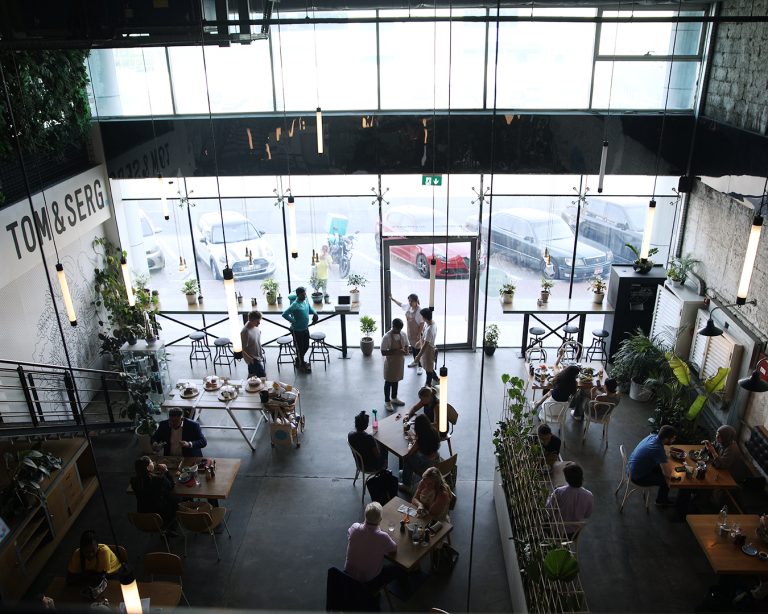Foreign investors force local buyers offshore

Australia ticks a lot of boxes for investors: 25 years of positive economic growth, high transparency and a stable political system.
As Brexit and Donald Trump continue to worry markets internationally, Australia’s stable political system continues to make our commercial property highly attractive to foreign investors.
Australian property is so attractive to these foreign groups that the dominance of Australian investors buying local commercial property is slowly but surely coming to an end.
Australia is now firmly on the radar of overseas groups, either as part of a balanced global portfolio, or as a first step into the Asia-Pacific market.
Commercial Insights: Subscribe to receive the latest news and updates
In contrast, the amount of commercial property being purchased by Australian groups has shrunk dramatically over the past decade.
In 2006, more than 80% of purchases by volume were made by domestic investors, but last year it was less than 60%. The most dominant investors are now coming from China, the US and Singapore.
While a decline from 80% to 60% may not sound dramatic, it does not account for the amount of funding Australian investors are getting from offshore through means such as capital partnering.
Although impossible to calculate, if this is taken into account, the amount of foreign money buying commercial property is likely to be far higher. In fact, it’s safe to estimate that well over a half of commercial property is likely to now be purchased using overseas funds.
High levels of foreign ownership of Australian property tends to alarm most people, particularly when it comes to the residential market.
However, these concerns primarily relate to vacant apartments, speculation driving up prices and oversupply of the wrong type of housing.

Australian investors will find it increasingly difficult to compete for commercial property.
None of these really apply to commercial property where investment decision making tends to be particularly safe, if not a little boring.
What then is the impact of increased foreign ownership of Australian commercial property?
The most negative impact is that Australian investors will increasingly find it more difficult to compete for stock.
Historically the gap between Sydney CBD office yields and those in other big cities such as London, New York and Tokyo has been wide.
While partly caused by particularly high incentives for office occupiers, this gap is now beginning to close quite quickly.
Australia is now firmly on the radar of overseas groups, either as part of a balanced global portfolio, or as a first step into the Asia-Pacific market
Investors now see Sydney on par with these other cities and are prepared to spend big to get into the market.
For Australian investors used to much higher yields and greater stock availability, sorry, but competition is going to be a bit tougher now.
This is going to make it much more difficult to expand portfolios and achieve high returns.
Australian investors are currently largely absent from purchasing property overseas, but this is beginning to change as a result of intense competition here.
Australians were some of the most active global investors prior to the Global Financial Crisis and, while most of them were burnt badly during the fallout, I predict we will see more groups entering foreign markets in 2017.
With so much political turmoil outside Australia, they will need to tread carefully.
Nerida Conisbee is chief economist for REA Group.
This article originally appeared on www.theaustralian.com.au/property.







